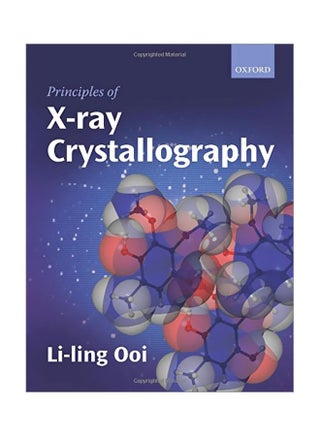| Book Description | X-ray crystallography has long been a powerful tool in the elucidation of the three-dimensional structures of small molecules and macromolecules. Yet, despite its power, it is a technically challenging subject which those new to the technique often find daunting. Principles of x-ray crystallography provides a clear, succinct guide to the three-dimensional world of molecules, which is perfect for anyone encountering the technique for the first time. Using a direct and simple writing voice, and enriching the text with real examples, diagrams, exercises, and activities, it seeks to engage the reader in the challenge of visualizing three-dimensional structures, rather than daunting them with excessive theoretical detail. Drawing on valuable experience gained from teaching this subject to undergraduates, the author adopts a tutorial-type approach that leads the reader through key concepts in a carefully-structured and evenly-paced manner, providing the right level of detail to ensure clarity, without overwhelming them with information. With an understanding of three-dimensional structure being so central to the understanding of molecular function, principles of x-ray crystallography is the perfect guide for anyone needing to gain a working insight into x-ray crystallography. Online resource centre the online resource centre accompanying principles of x-ray crystallography features: for registered adopters of the book: figures from the book in electronic format, ready to download powerpoint slide sets for each chapter for students: a library of annotated web links datasets related to topics discussed in the book |
Free & Easy Returns
Best Deals



